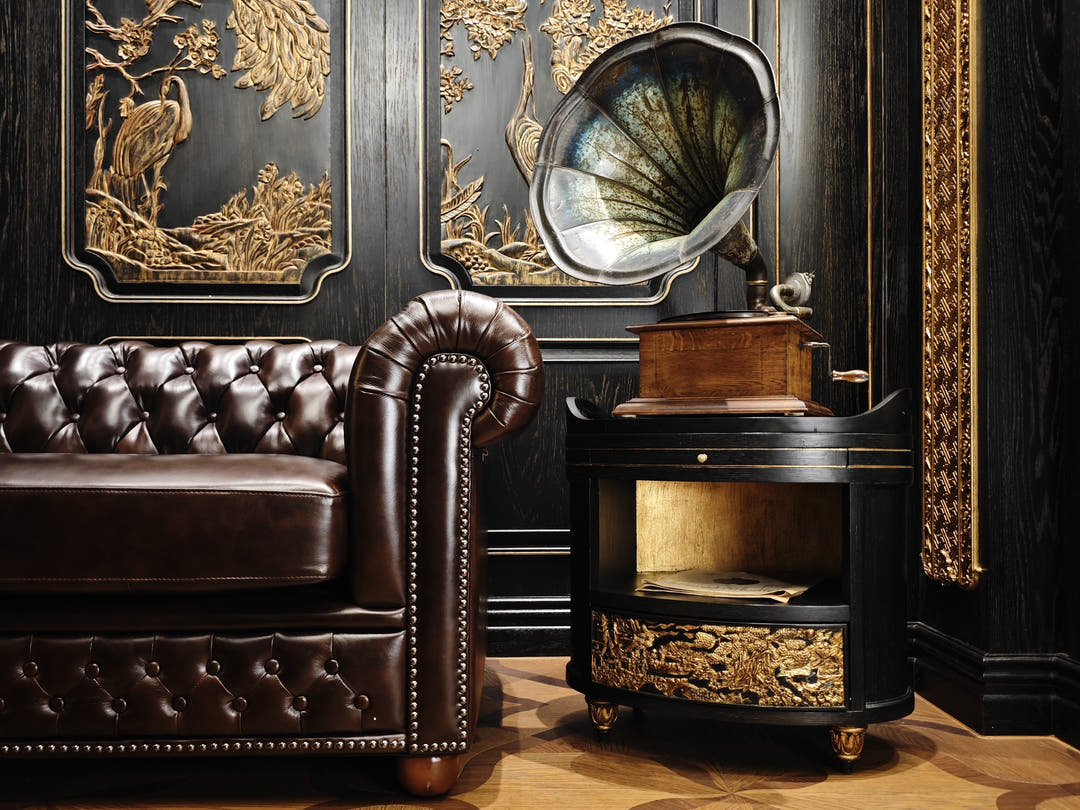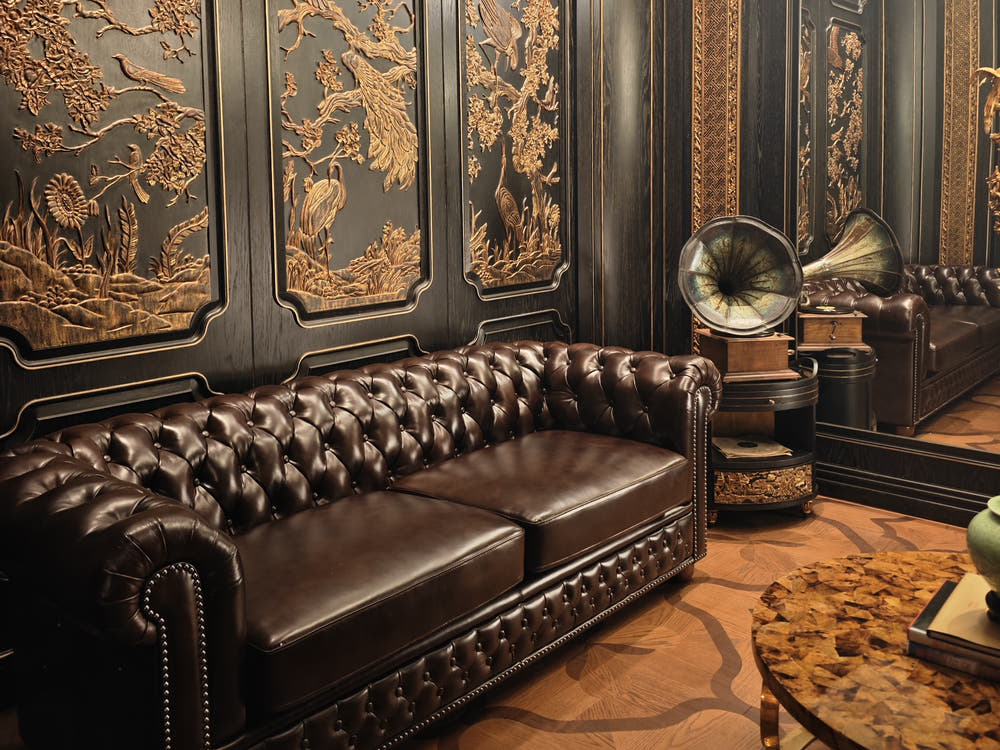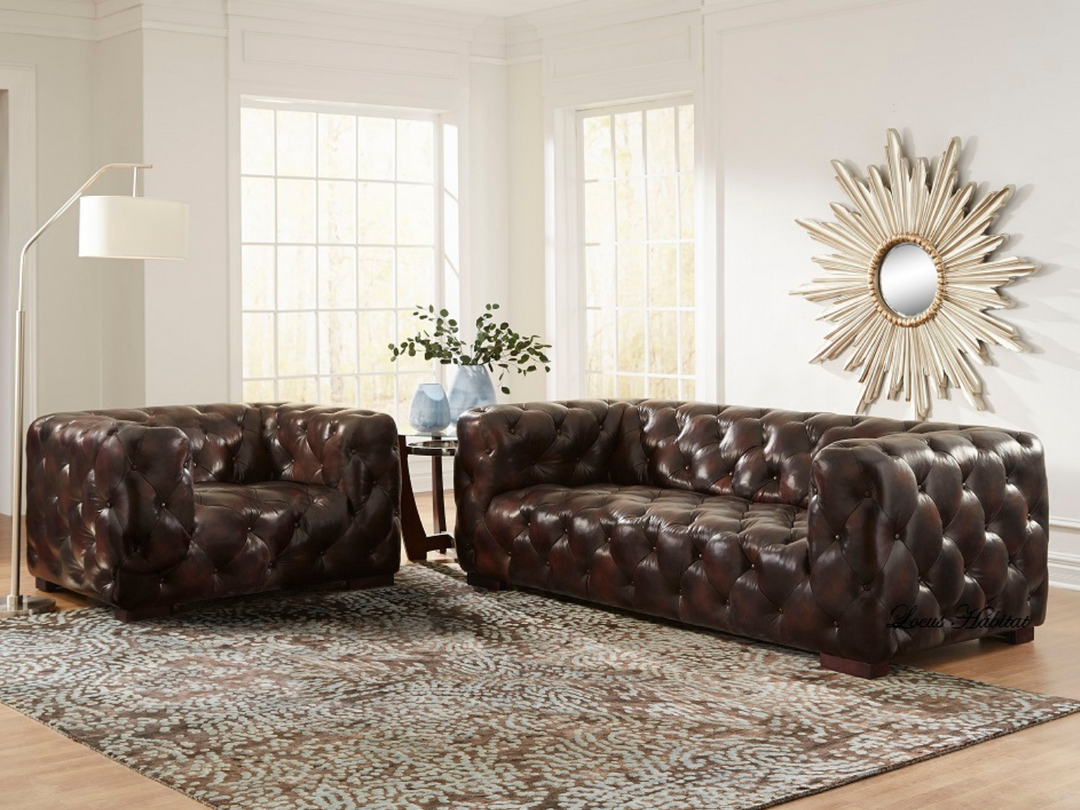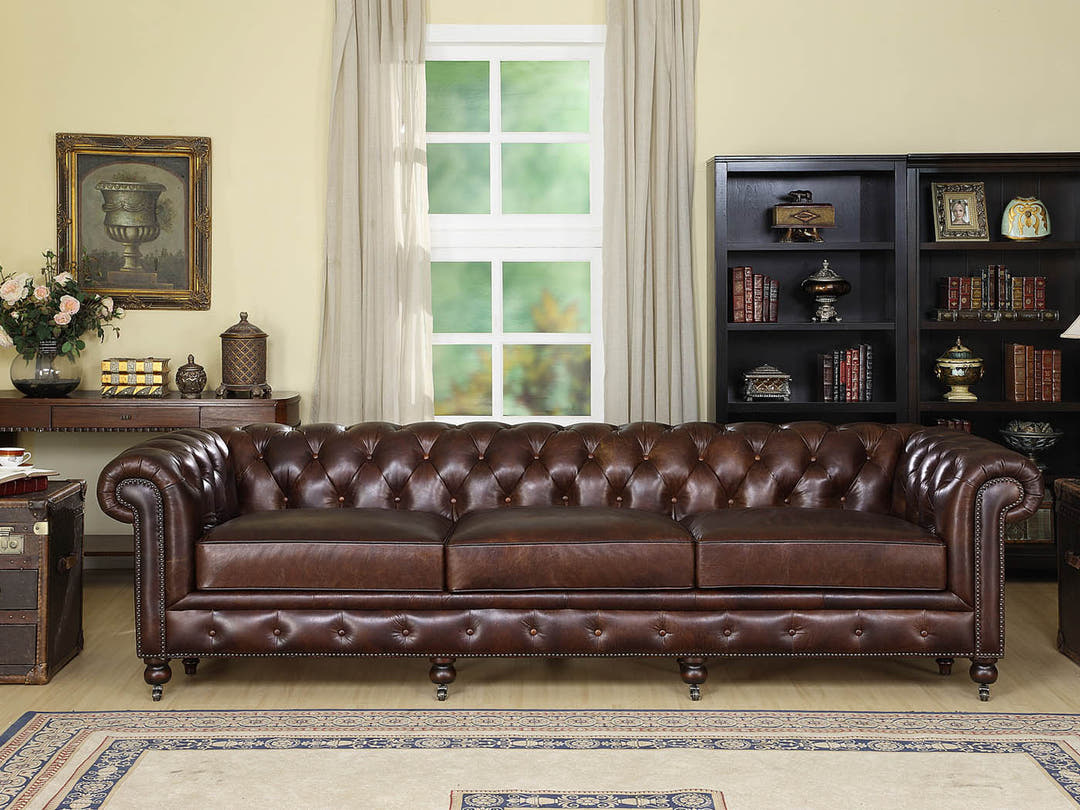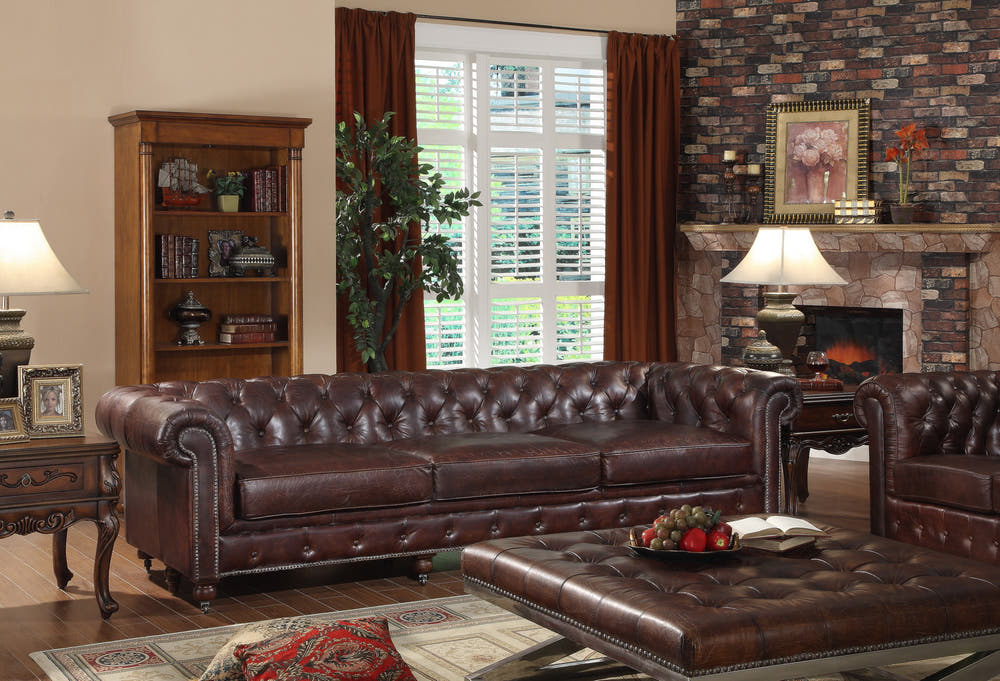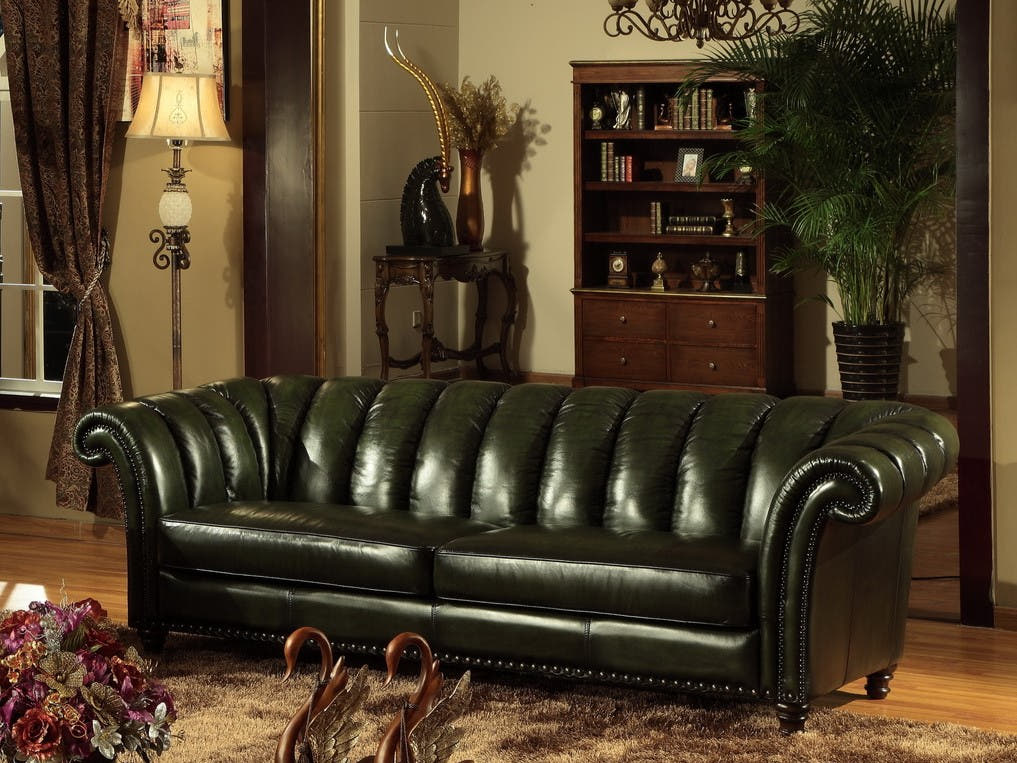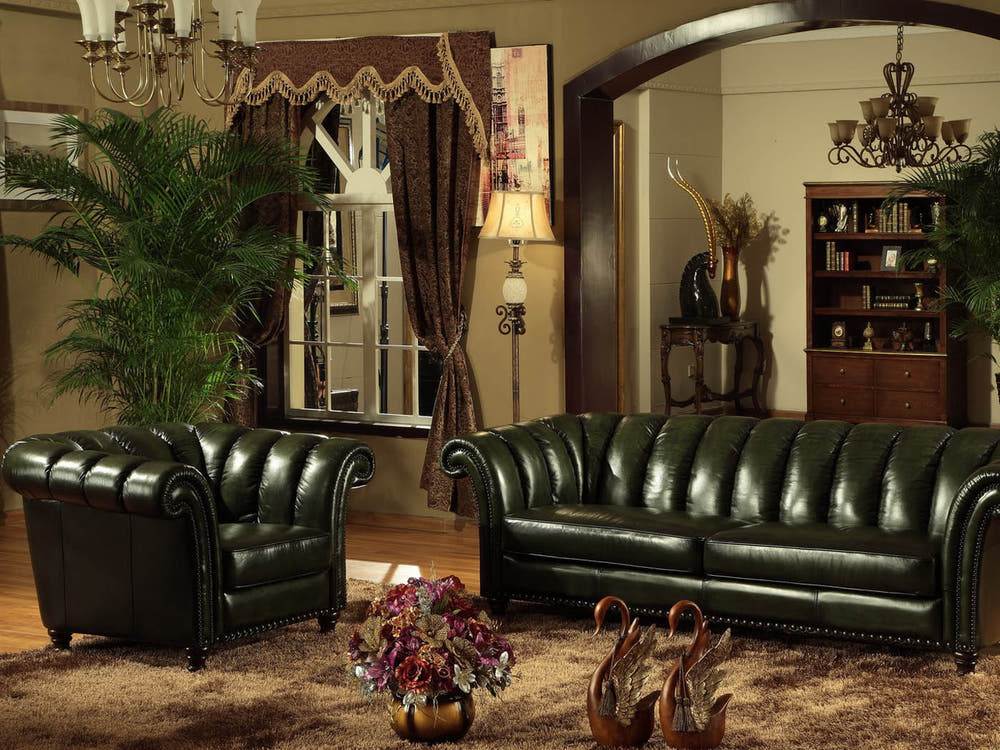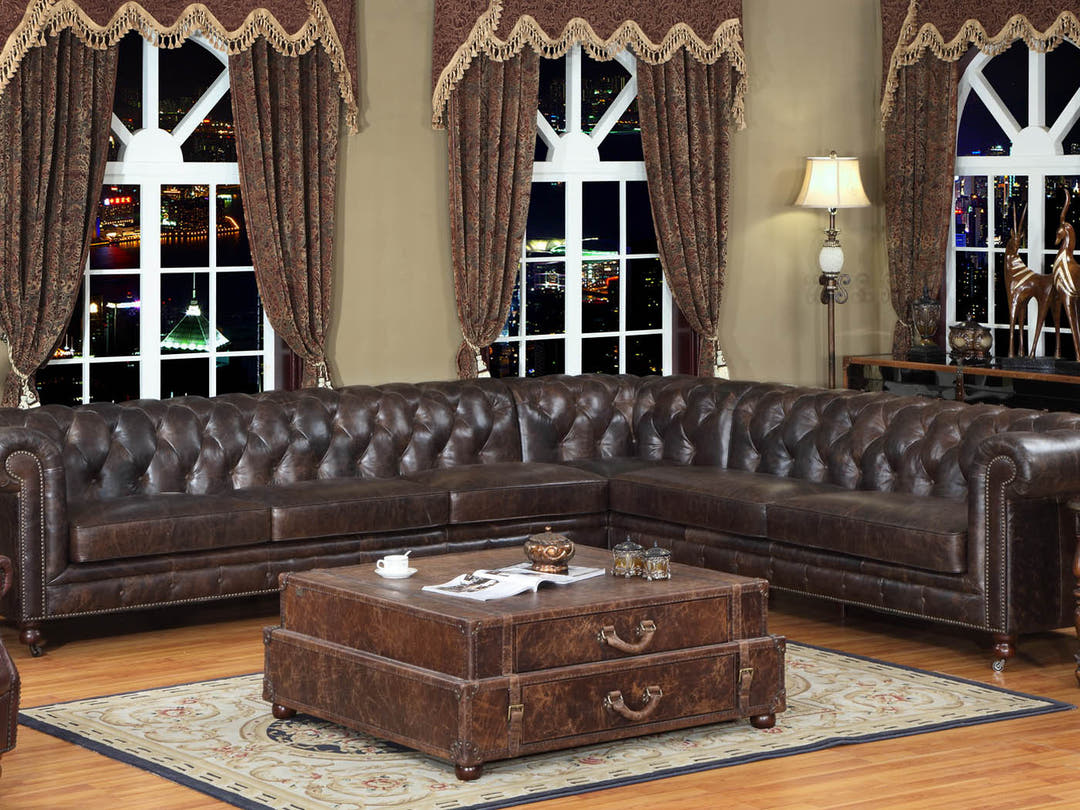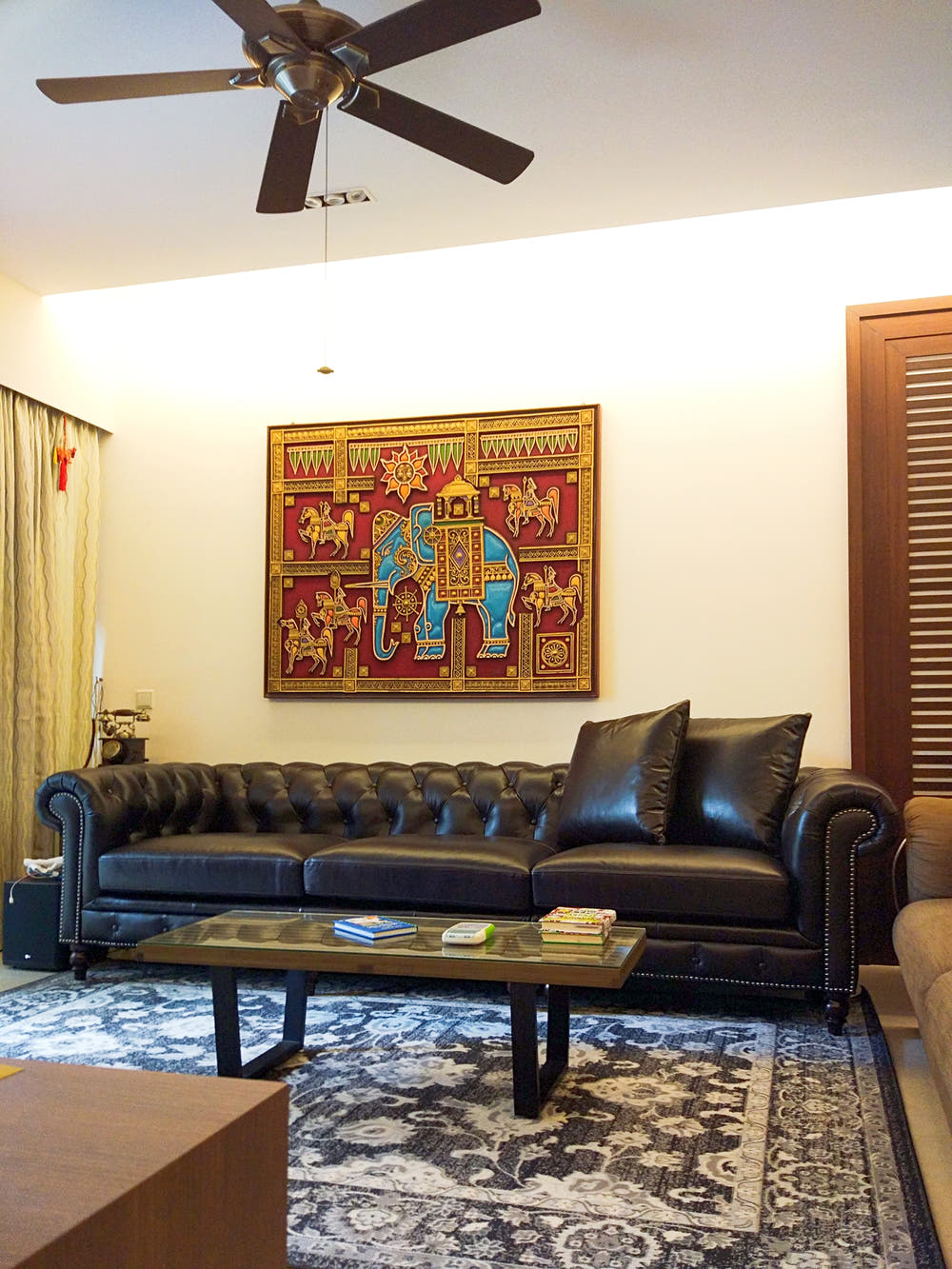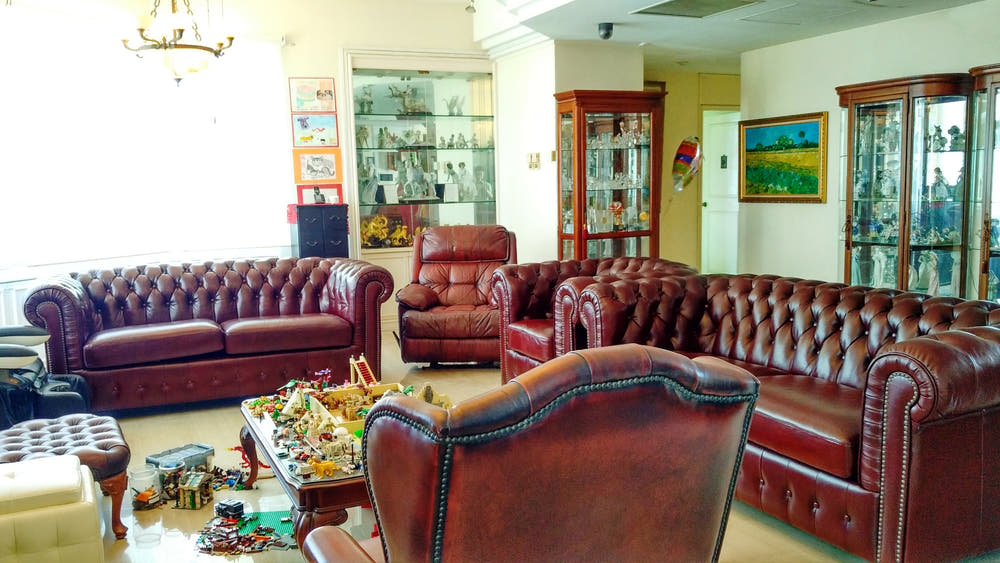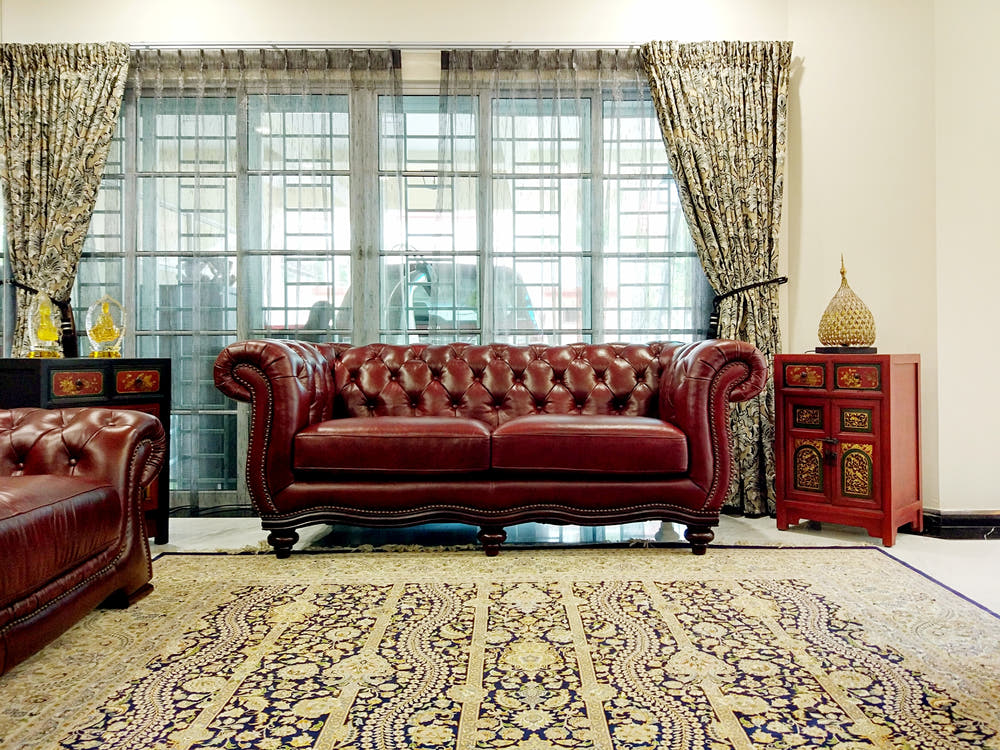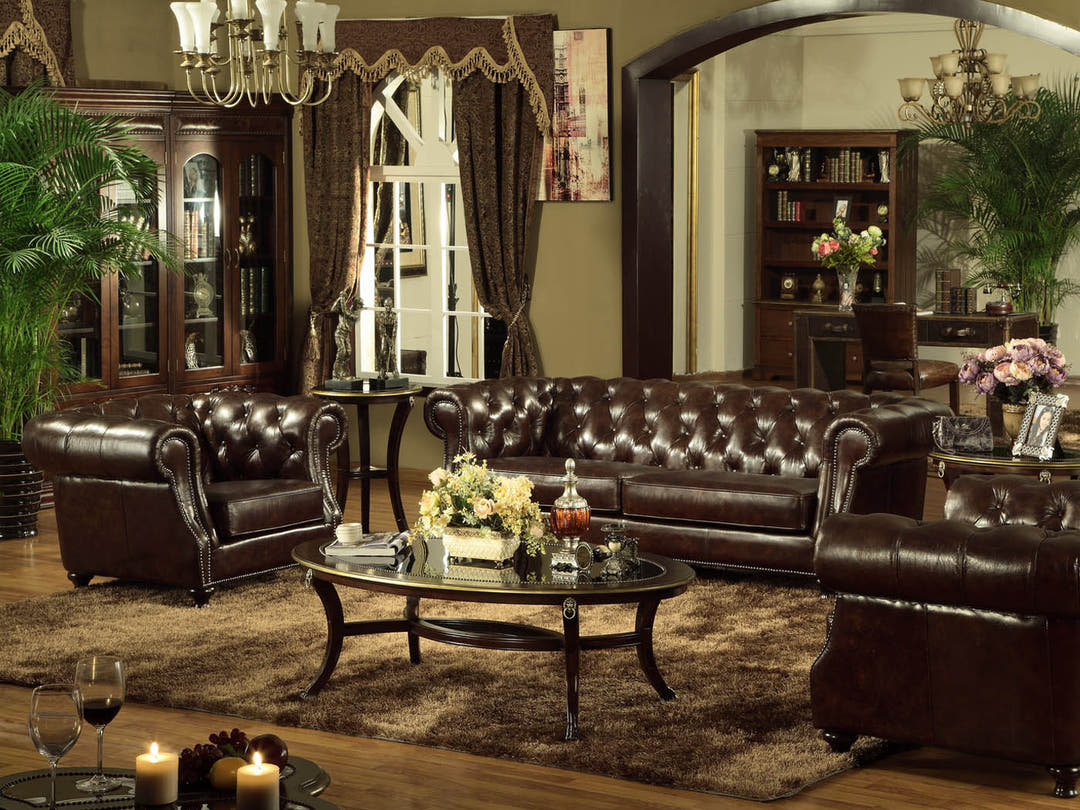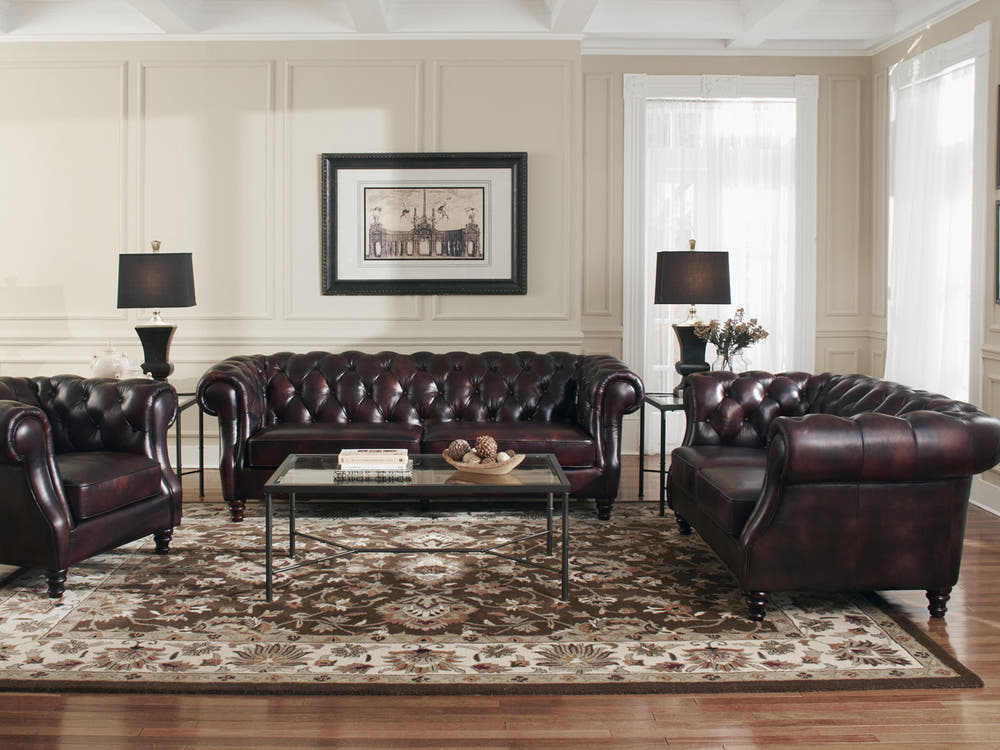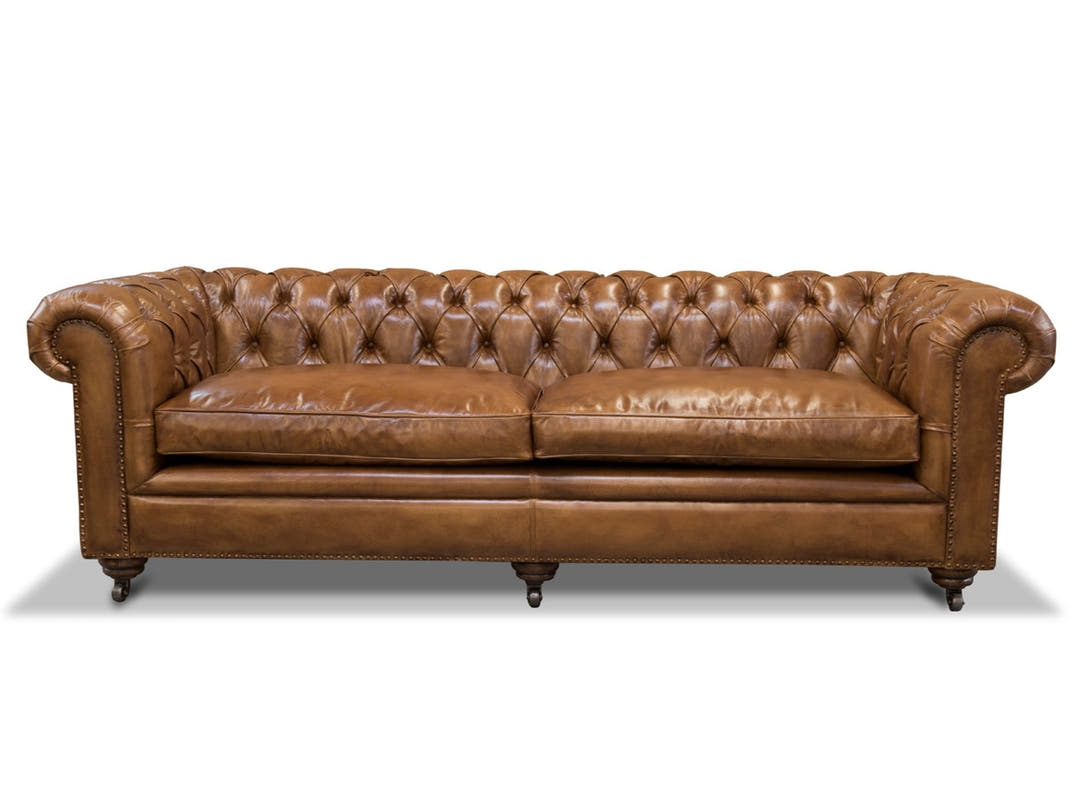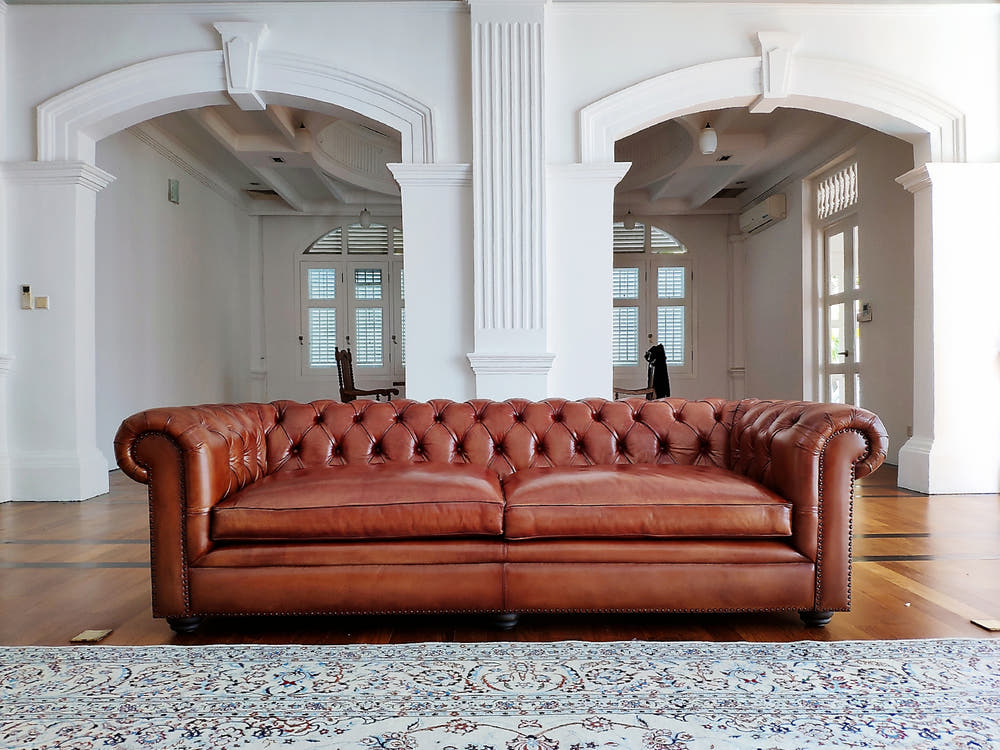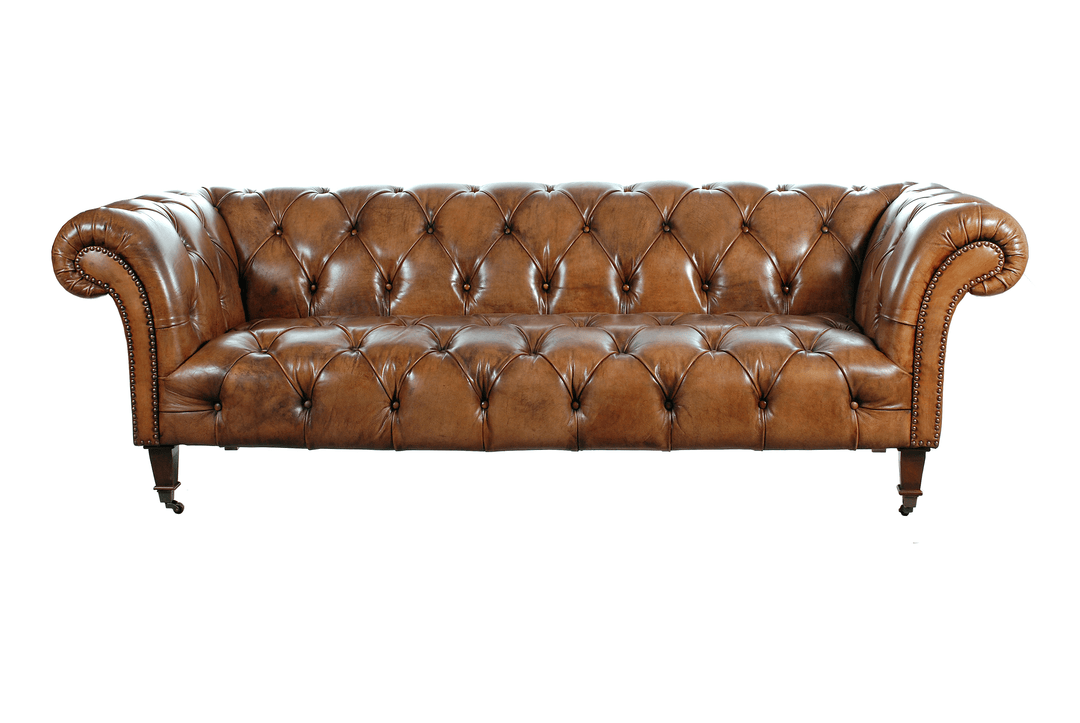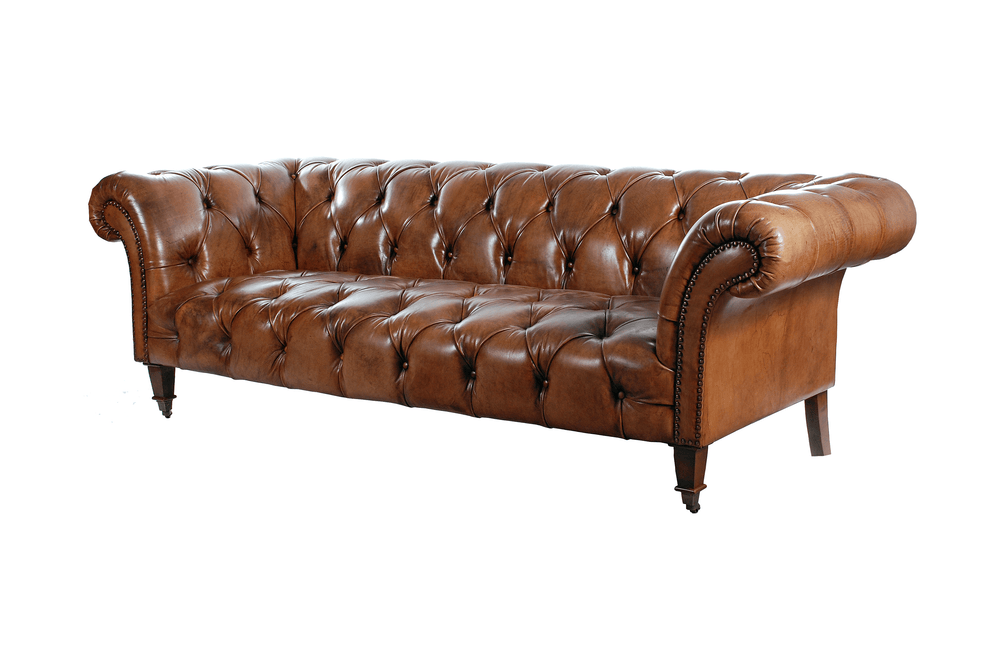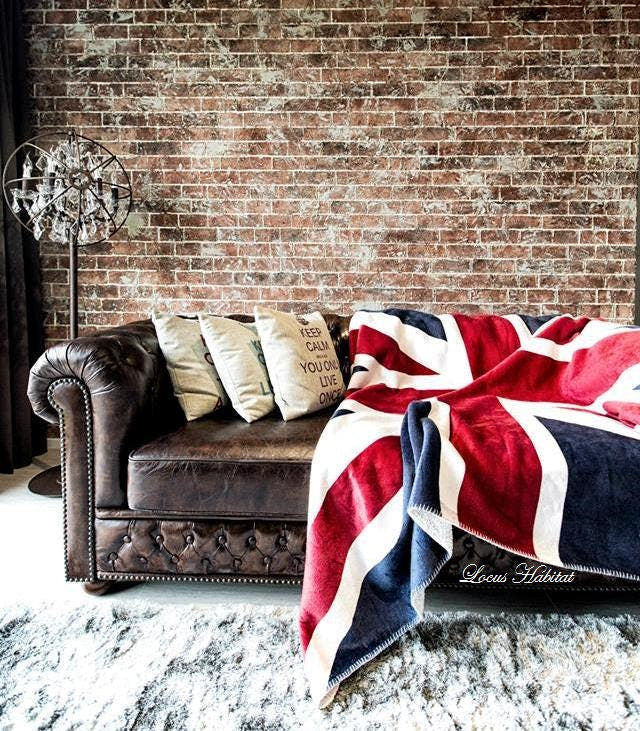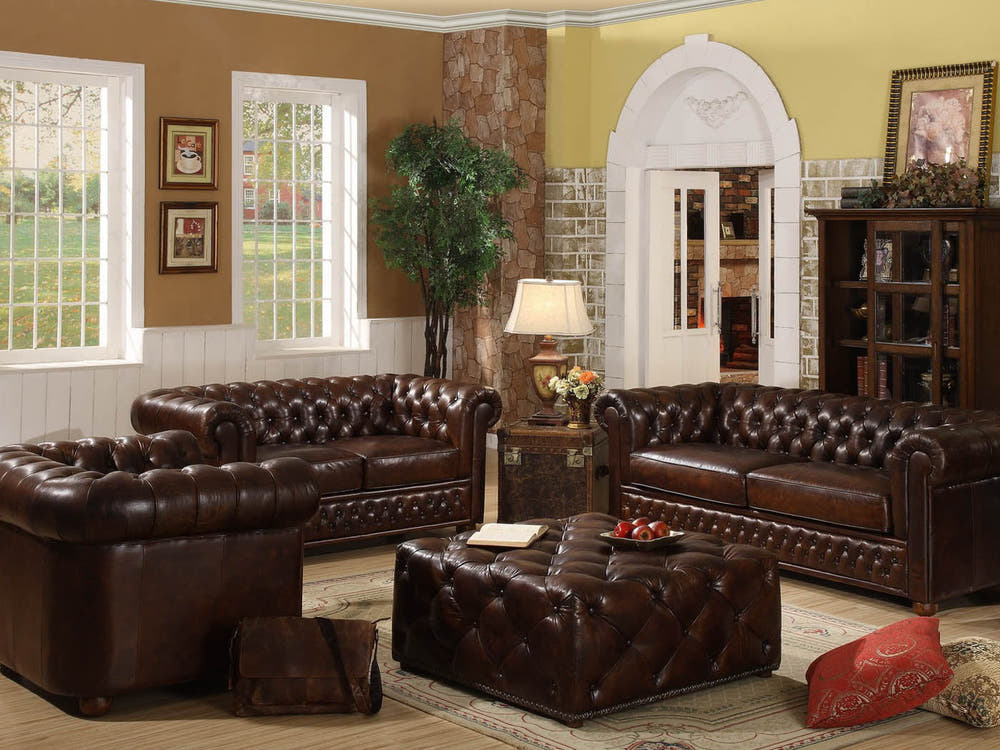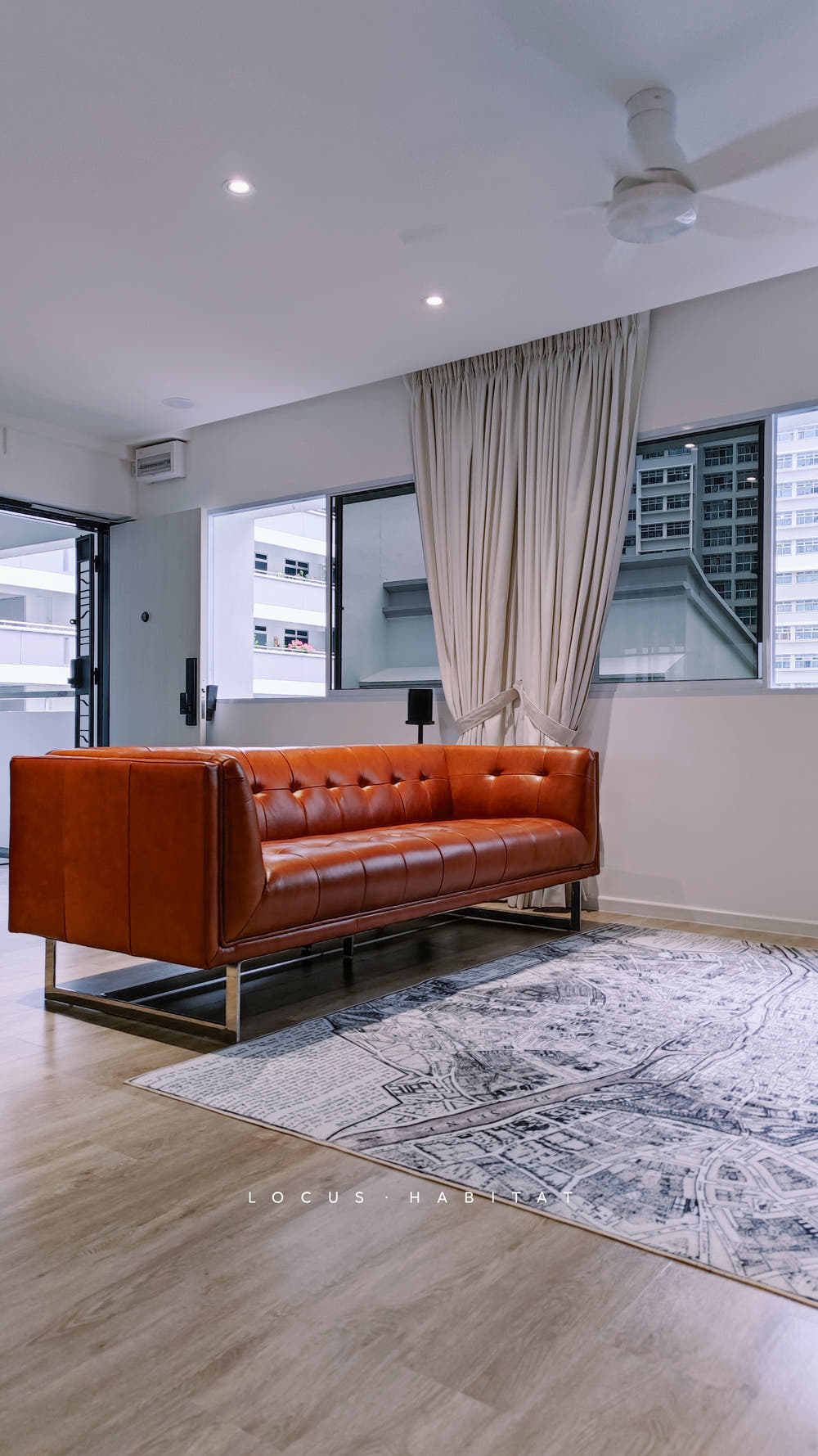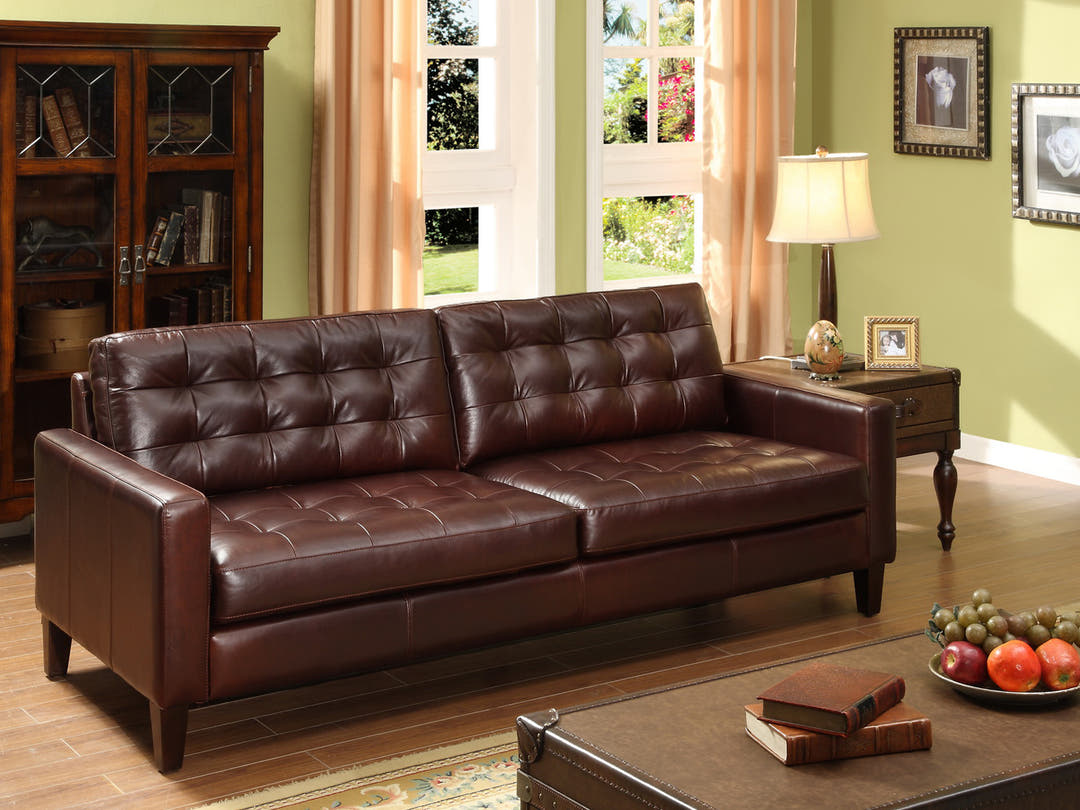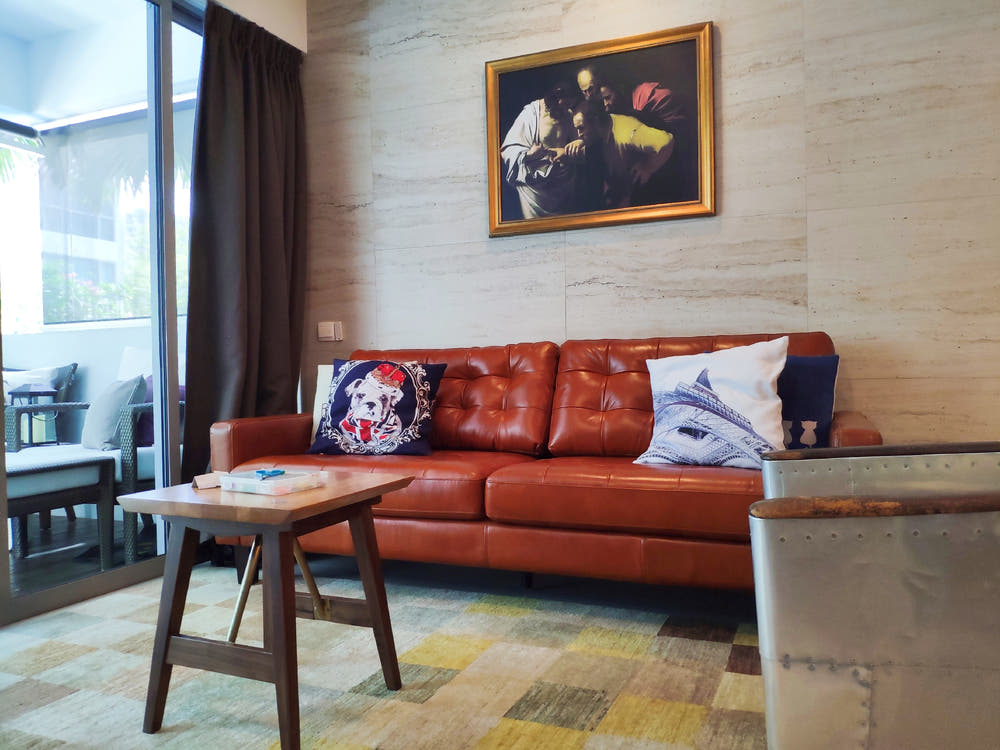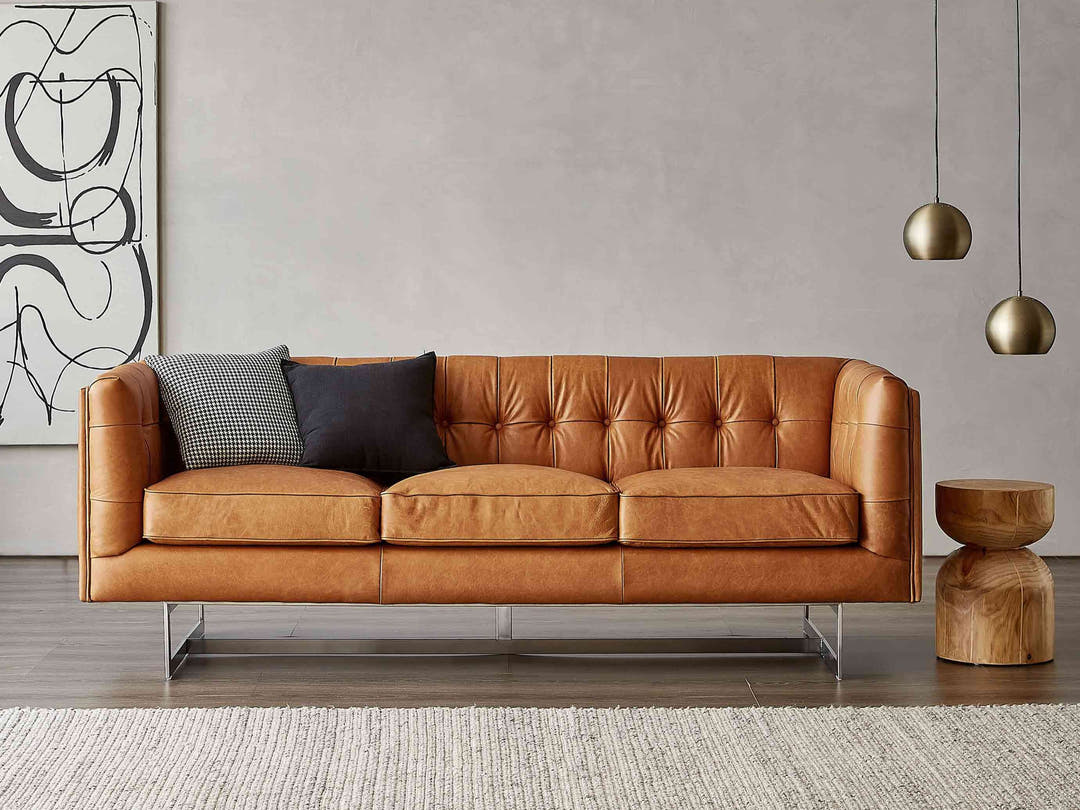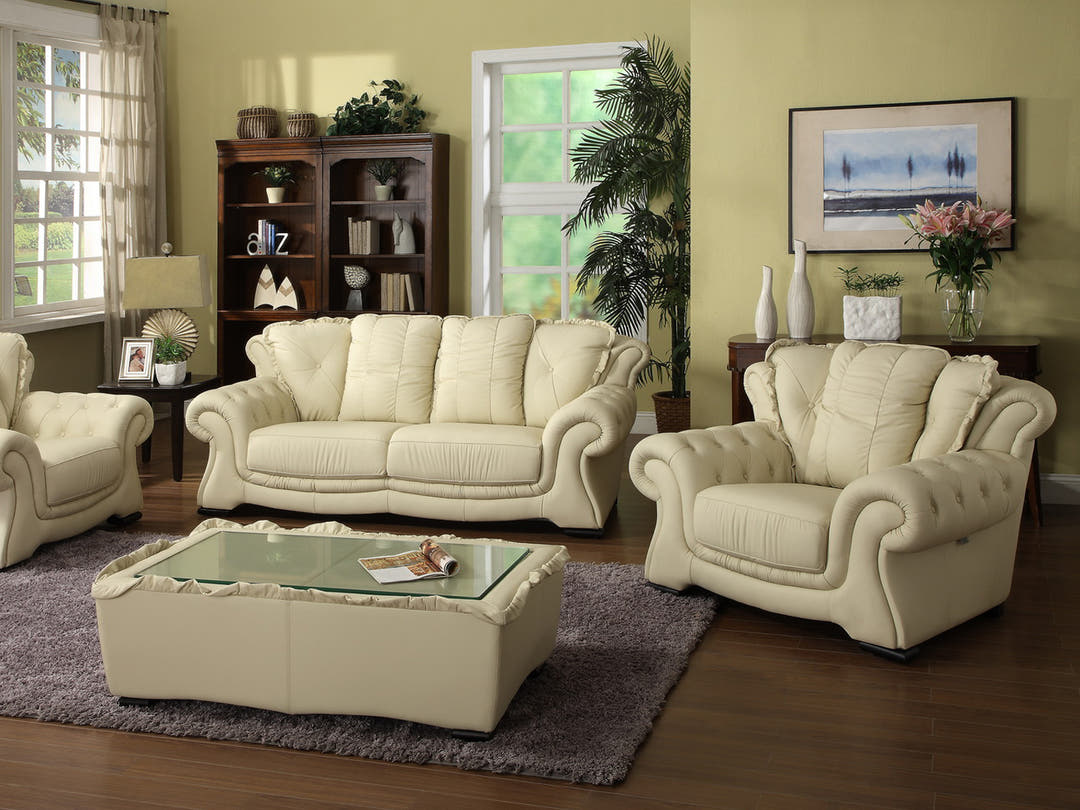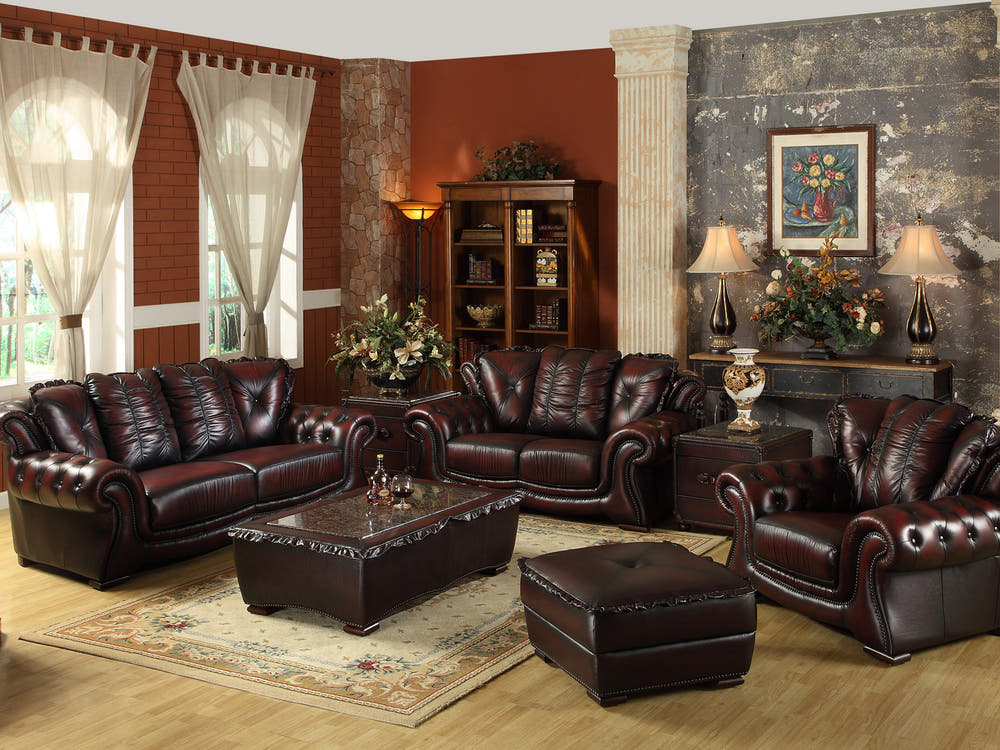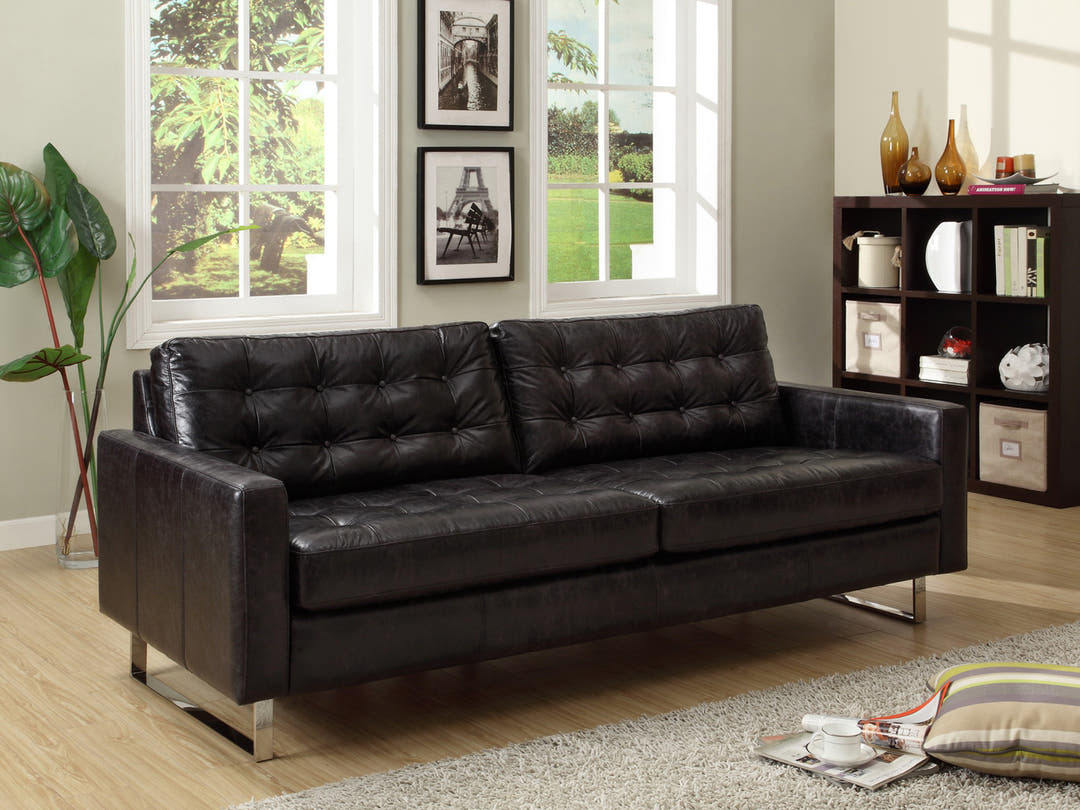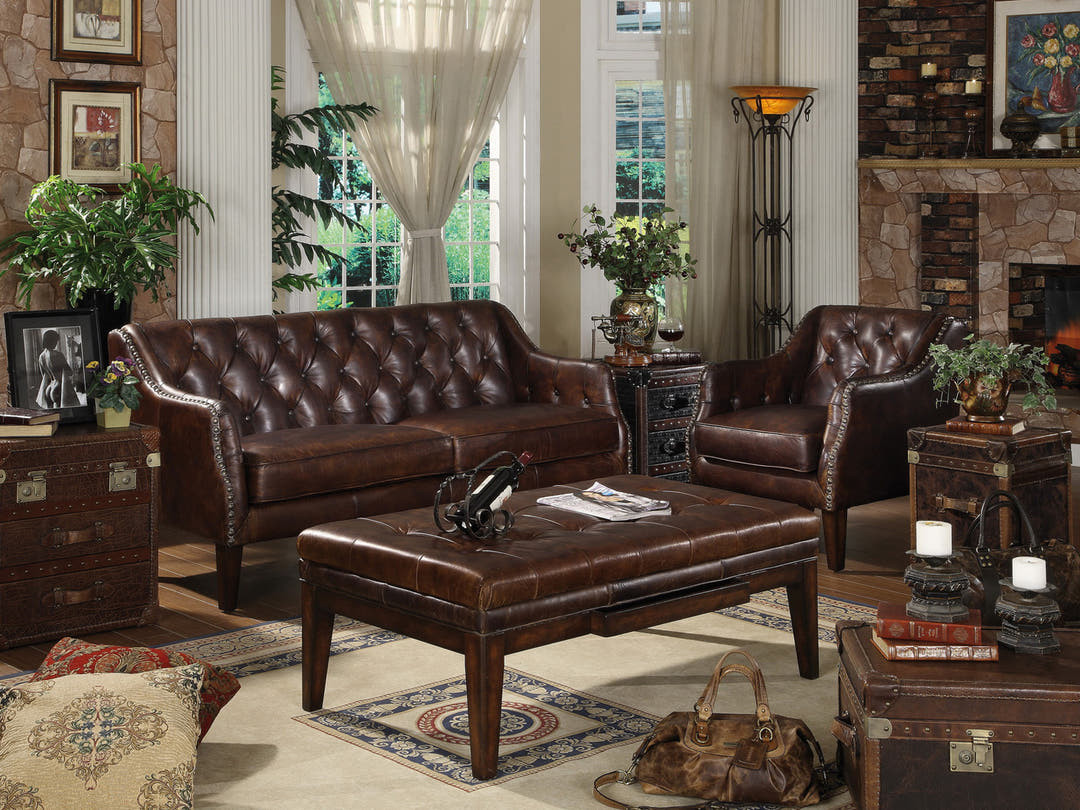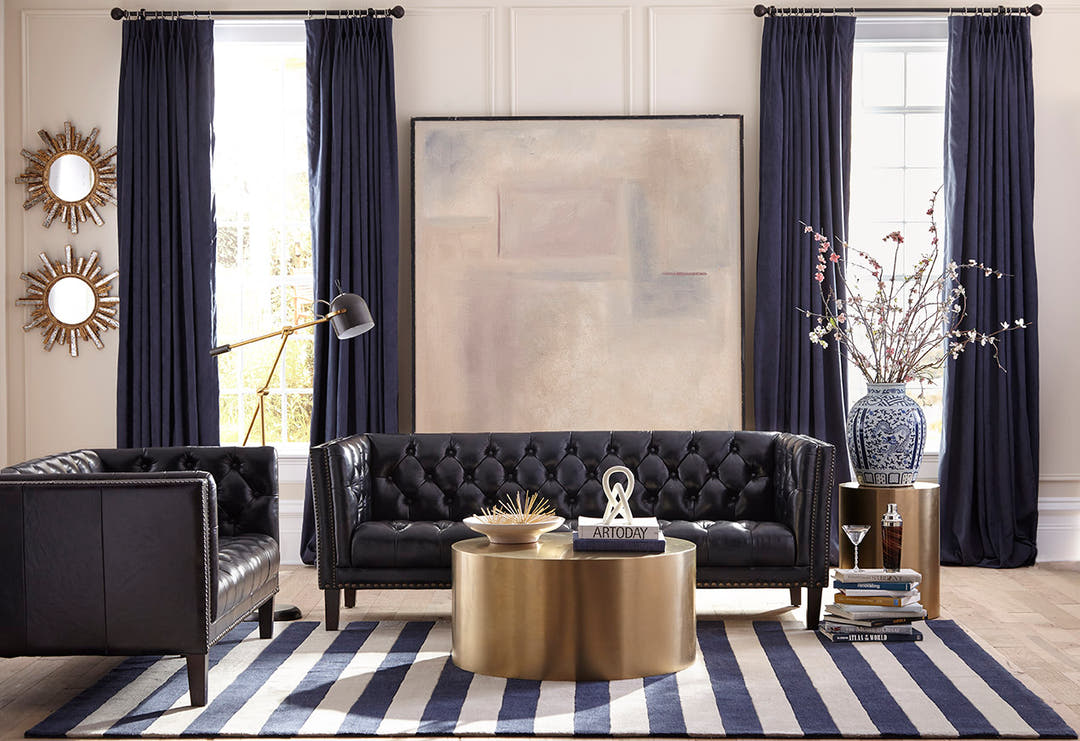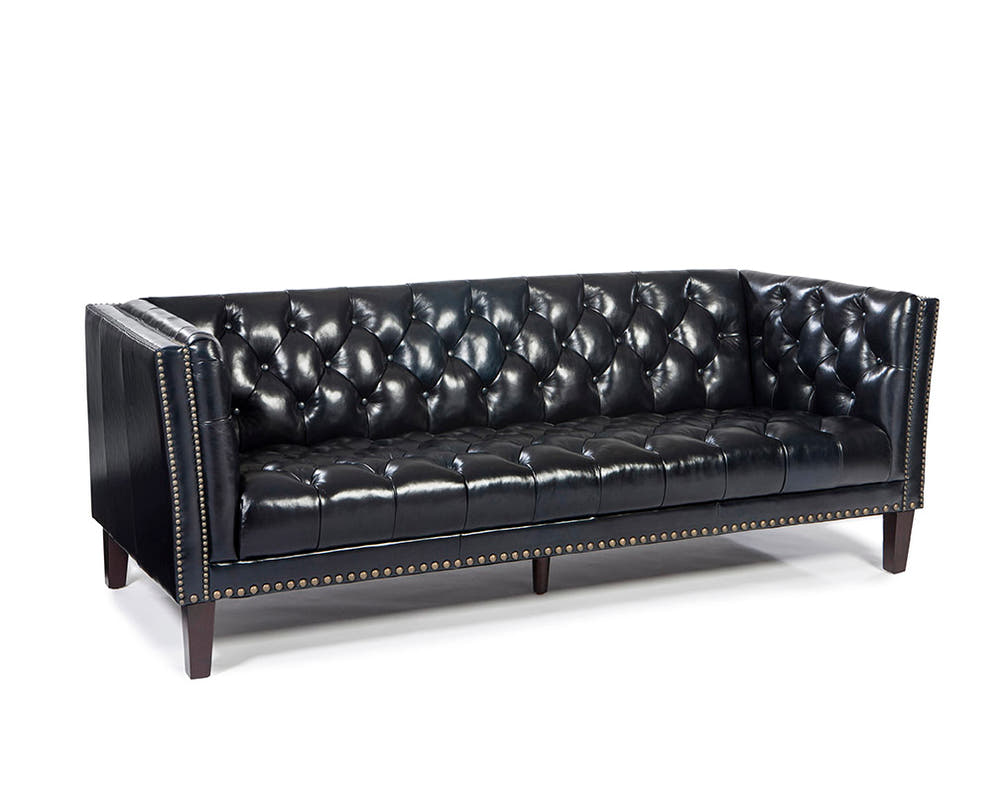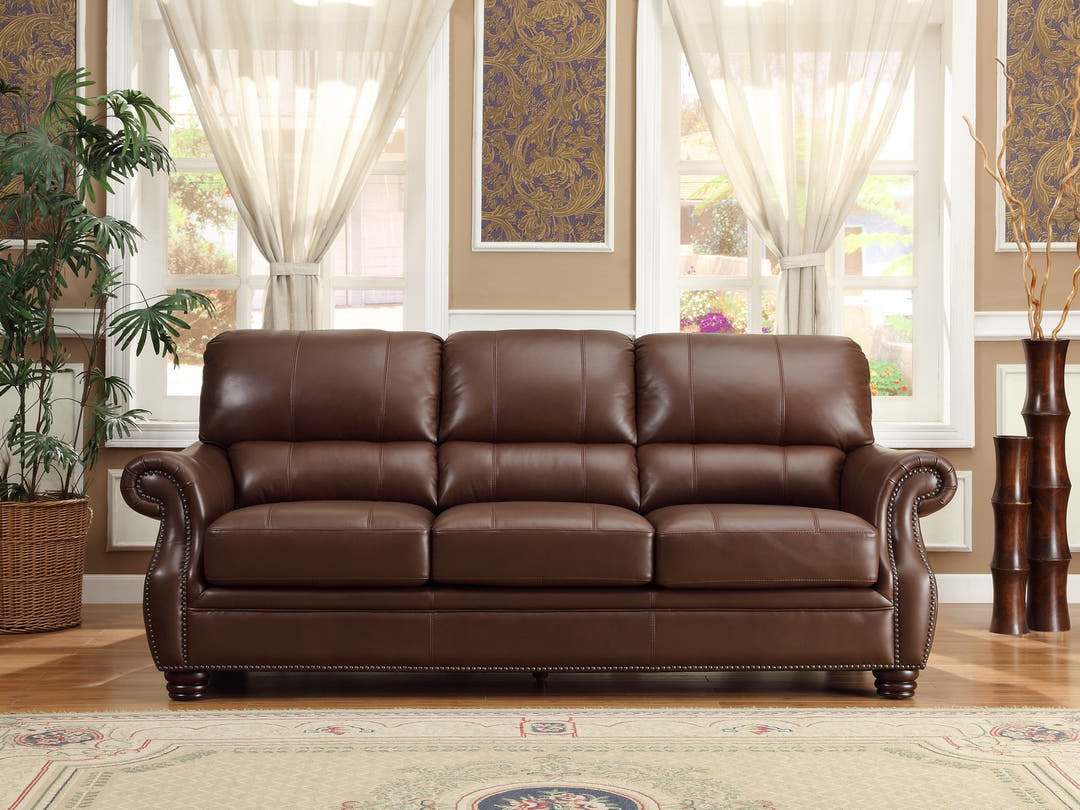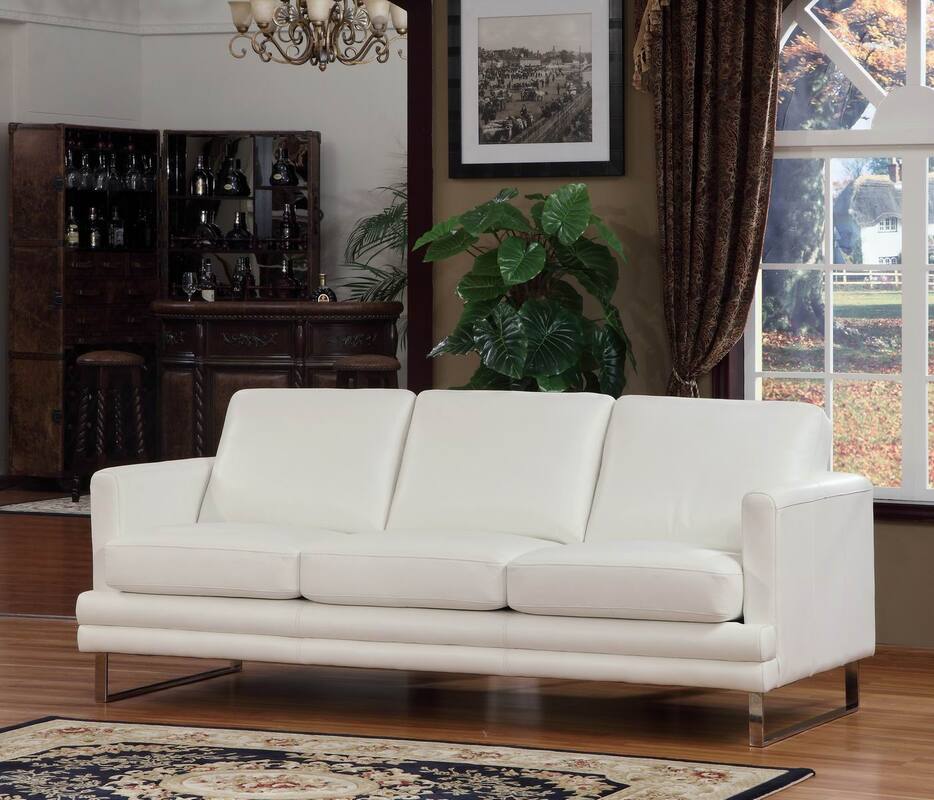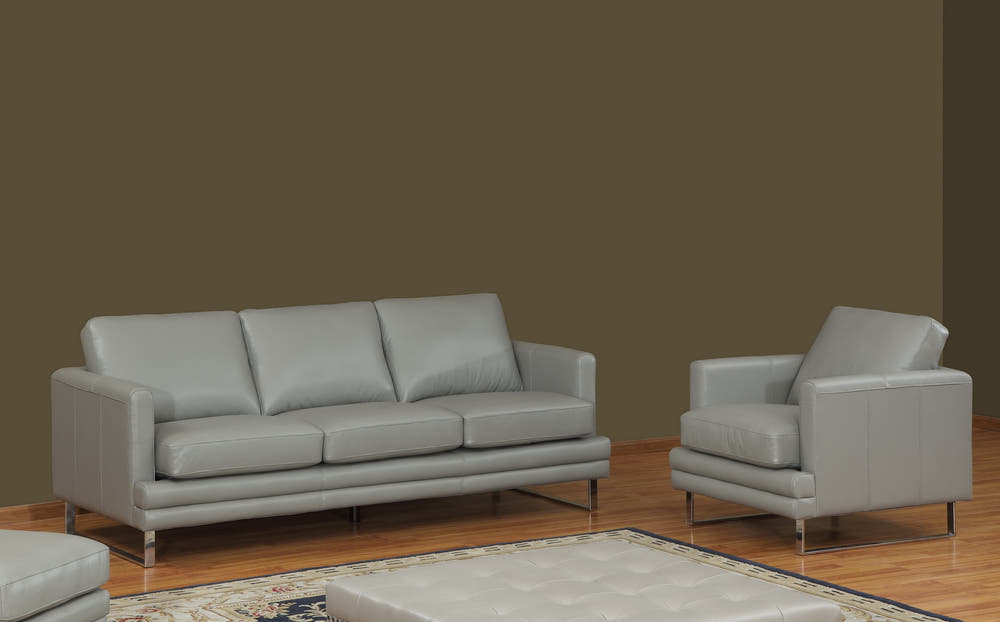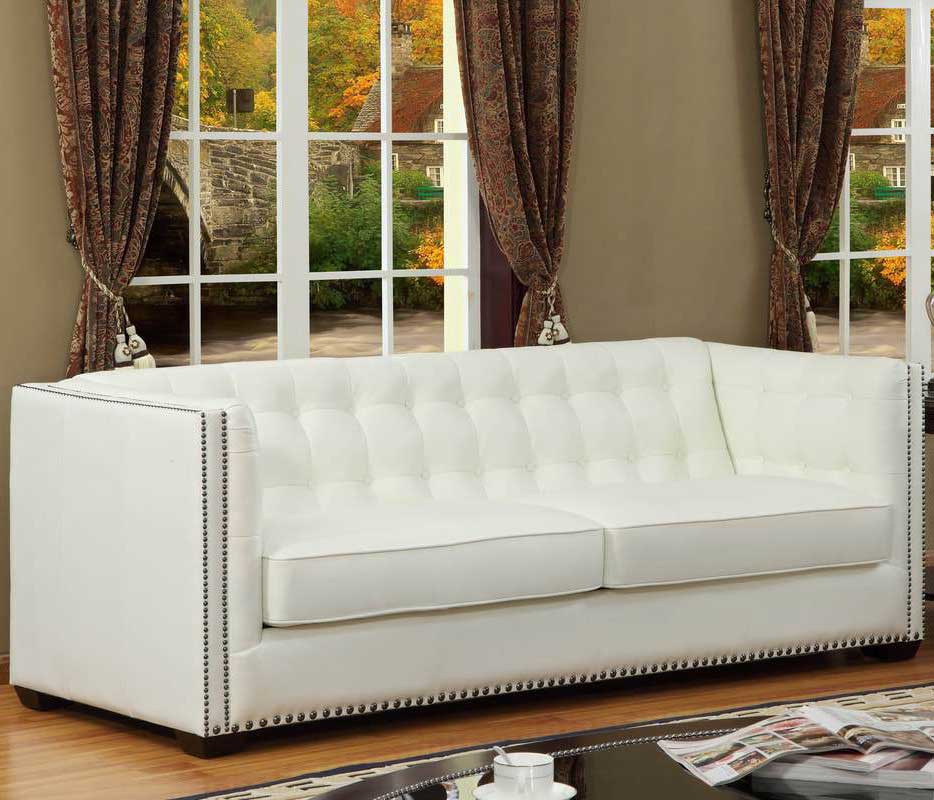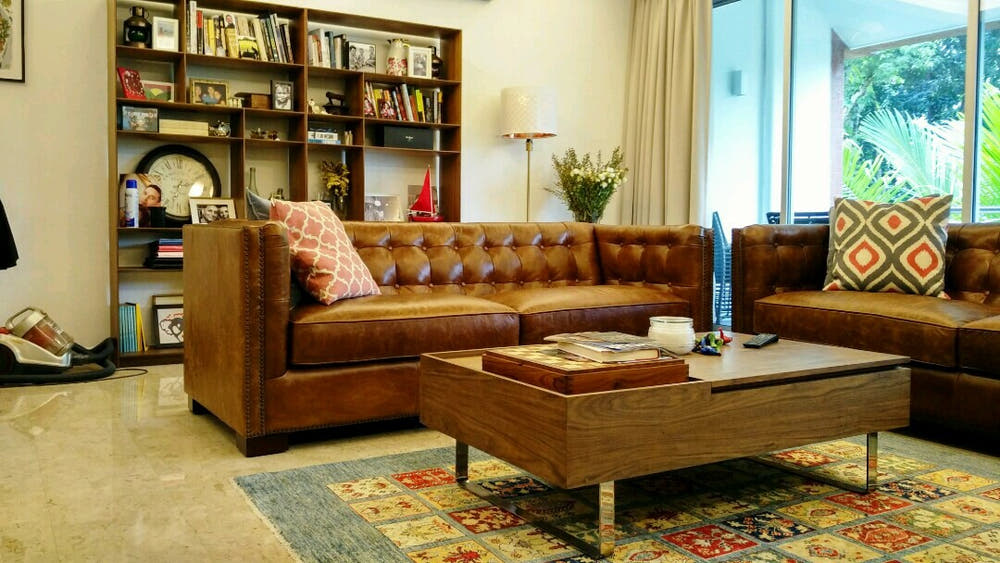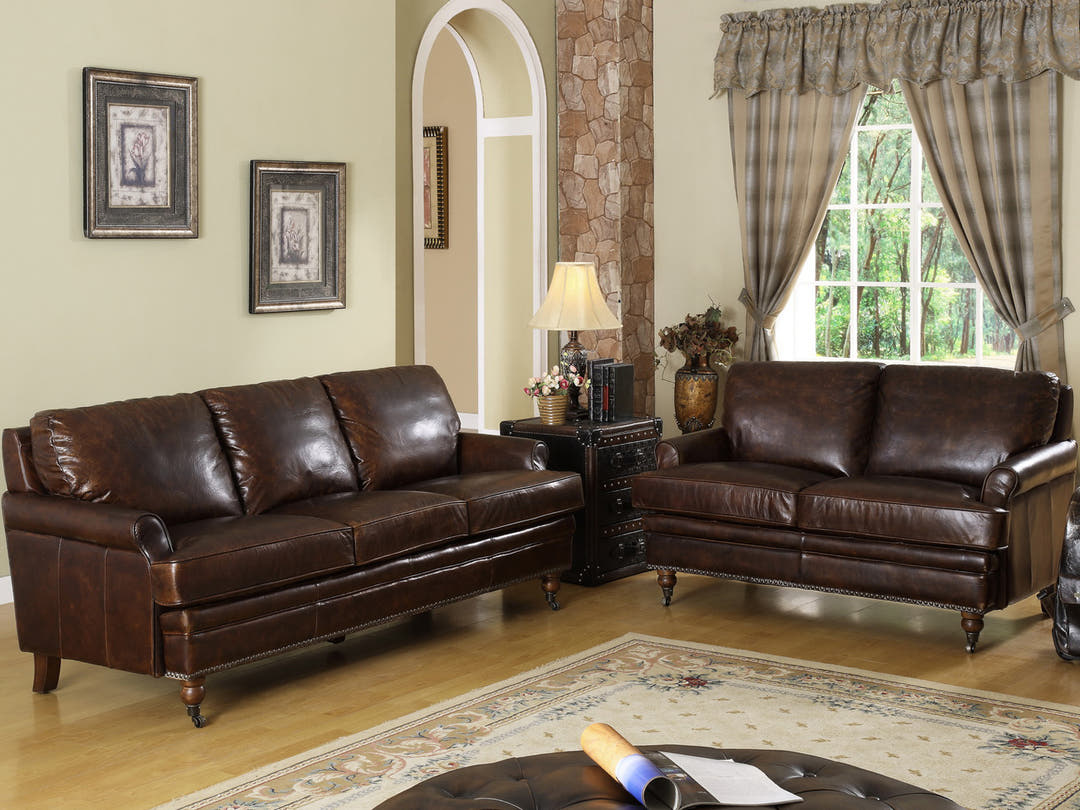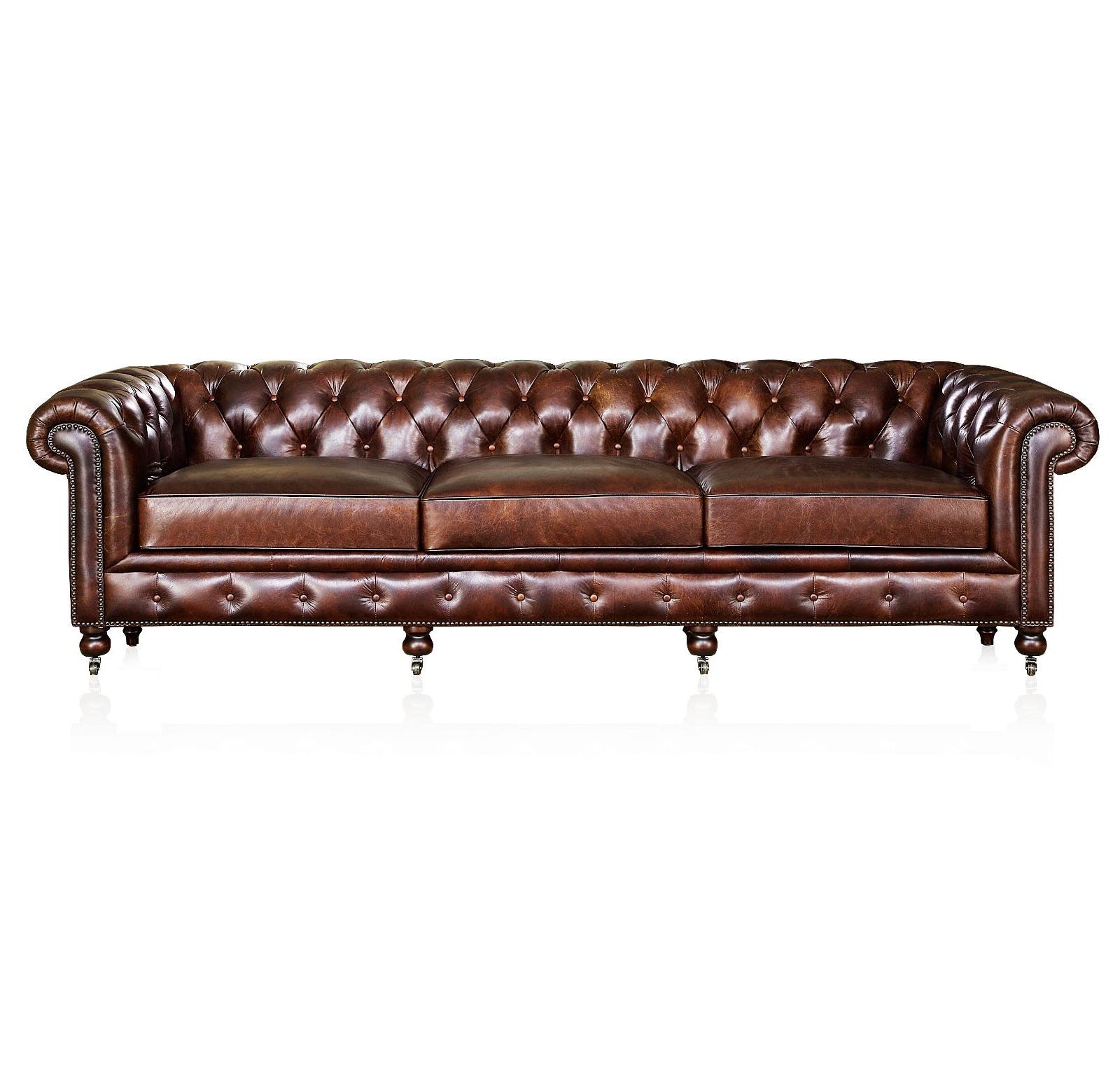Genuine Leather vs Synthetic Leather – Key Differences
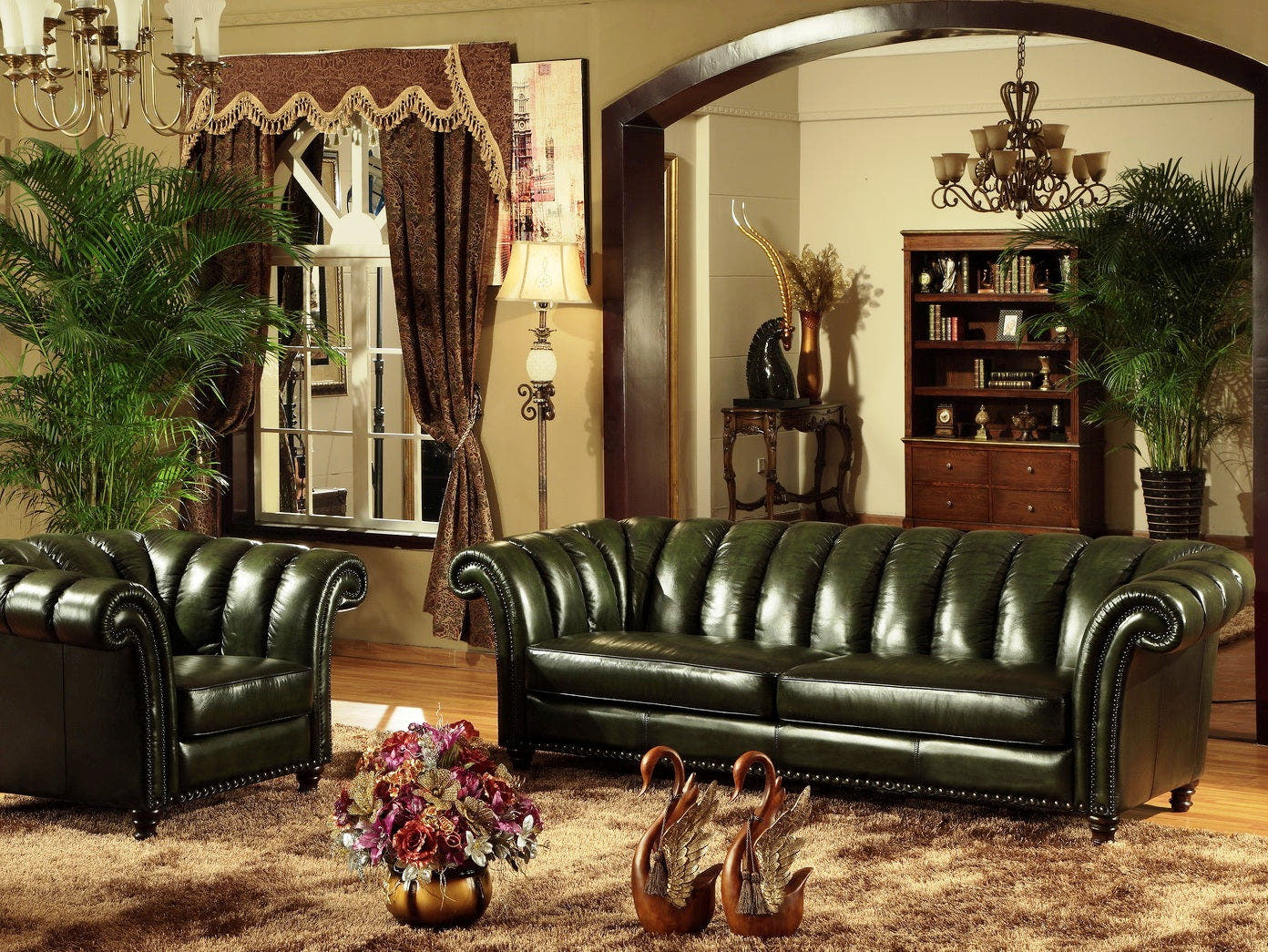
Leather is a much sought after material when it comes to home décor. Since the genuine material cannot be easily afforded by the common household. This has led to the birth of a parallel industry that produces and creates leather sofas and chairs that look like the real deal.
It can be a bit hard to tell the difference between what is genuine and what is synthetic. Not worry though. We will take a real close look at the difference the real McCoy and the artificial.
What Is Genuine Leather
The material that is sourced from cow hide is commonly referred to as genuine leather. Depending on the grade of the material and its finishing process, there are different types of leather. Full-grain is considered the most premium, containing the top part of the material. It is also the least treated, retaining a natural look.
There are other types of genuine leather, considered a bit inferior, that are produced from the inner part of the hide. Split grain and suede are examples. Bonded leather is considered the lowest quality of ‘genuine’ leather, produced from shavings and discarded material.
What Is Synthetic Leather
Synthetic leather is the common term that refers to artificial, or man made substitutes. The two most common types are PU Leather and PVC Leather. We will take a closer look at these two varieties.
All synthetic leather is created from textile material such as polyester, cotton, wool, nylon, or vinyl. PU Leather uses a natural fabric, like cotton or wool, as its core material. The core is then coated with polymer-based substance. PVC Leather uses vinyl as its main core, which is then coated with a plastic-based substance.
The one common element to PU and PVC is that they undergo a rolling treatment. This gives the artificial material the look of real leather. Textures and patterns are often pressed into the surface to achieve this.
The Difference
At first glance, it can be hard to tell the difference between genuine and synthetic leather. That’s why we have the exerts point out the main differences:
Touch And Feel
Real leather, especially the top quality, will have a grainy feel when you touch it. Since it is manufactured from cow hide, you will feel imperfections and blemishes when you run your hands on the surface. If you press it, the skin will stretch and wrinkle.
Synthetic leather on the other hand feels like a paved highway - even and uniform. Since it is machine made, the surface will be smooth. Press it and the surface will not stretch and wrinkle like natural, genuine leather.
Carbon Footprint
Contrary to popular opinion, genuine leather is lesser harmful to the environment compared to its synthetic cousin. This is because the raw hide is usually sourced from cows who are specially reared for meat and diary products. The animal is not killed just for the sake of its skin. Rather than throw away the dead hide, the material is used to create top quality fashion and home décor furnishings.
The production of synthetic leather is actually harmful for the environment. The mix of chemicals used to manufacture the material is toxic to all living life – animal, plant, and us. The other issue is that PVC and PU leather do not last as long as real leather and need to be produced on a more regular basis.
Durability
One of the most important differences is durability. Real leather lasts longer and is more durable. Take full grain leather, for instance. Since there is no synthetic layer on the surface, the material is tougher and stronger. If the leather dries out after repeated use, apply beeswax and the surface will regain its lustre, shine, and durability.
Synthetic leather is much less durable compared to its genuine counterpart. The top, artificial later is created to mimic real leather: It needs to be flexible and stretchable. This effect is achieved by the addition of rubber and silicon, similar to vehicular tyres. The synthetic material wears out quick due to regular wear and tear, in addition to heat exposure. Within 6 moths, cracks can develop on the surface.
Weight
This is a real pro tip. Only the experts know that real and synthetic leather weight different. The reason is simple. Because real leather is sourced from cow hide, it weighs more. Artificial leather weighs less because it is usually sourced from fabric material. The difference is more pronounced when you weigh a genuine leather bag, even a split leather one, against a synthetic bag. The same can be said of sofas and chairs. Now there are certain manufacturers who try and add a bit of weight to their sofas and chairs to mask the difference. This is, however, a rare practice.
Conclusion
PU Leather and PVC Leather make look and feel similar at first glance, but they have different manufacturing processes and different uses. Their relatively economical cost makes them a tempting alternative to real leather. And the fact that the synthetic kind requires less maintenance is an added benefit. However, when it comes to durability and class, real leather outscores and outlasts its synthetic counterpart. Get your genuine leather sofa and chesterfield sofa with us!




